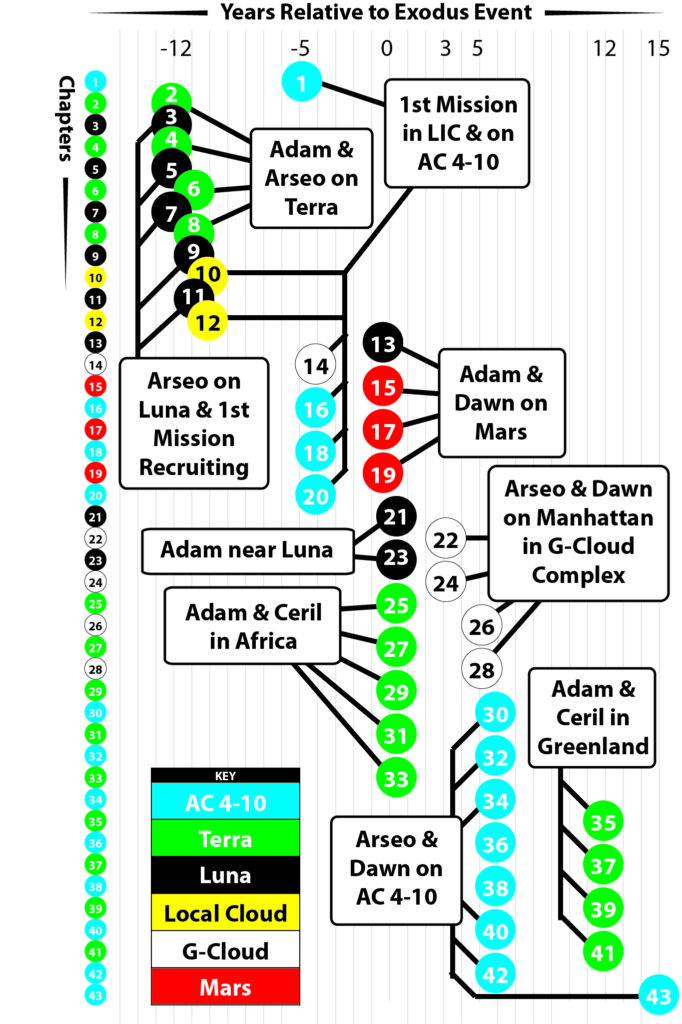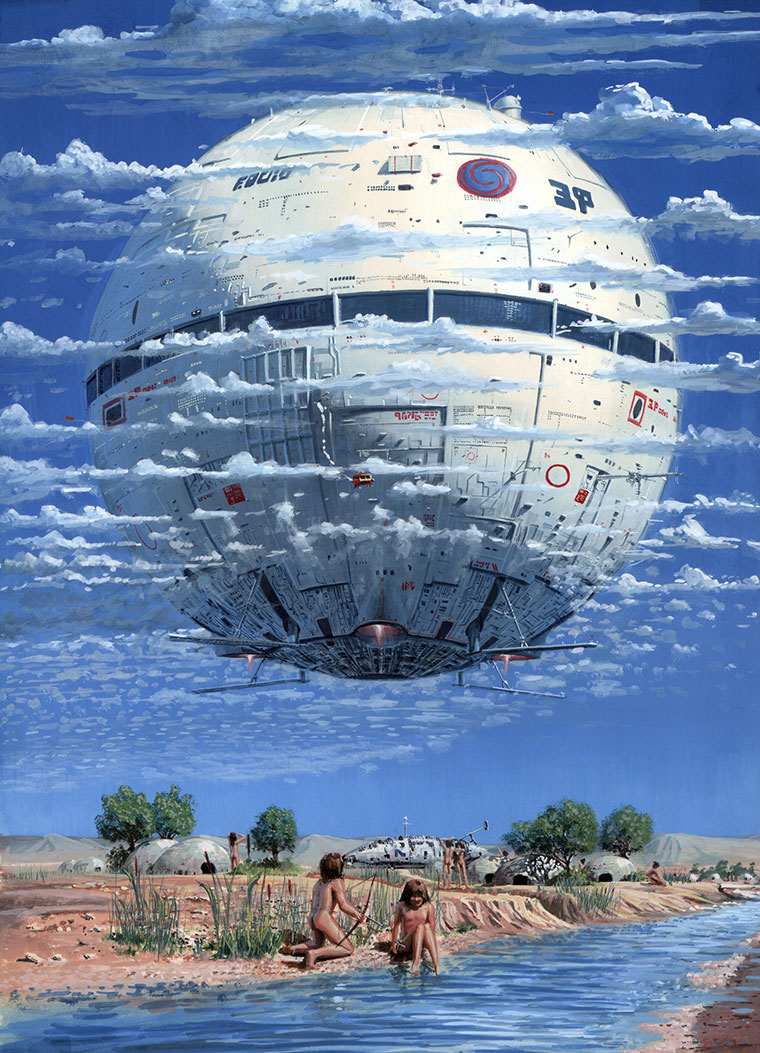A science fiction novel available on Amazon.

Hundreds of years in the future, the Earth is in distress. Influenced by generations of disposable culture, a solution is proposed: abandon it and start over. Deep pockets are emptied to build and board the last ship to the stars. Restless passengers look forward to life on a new world, but if they looked back, who or what would they see?
Dawn of Two Stars is a look at the economics of destruction and rebirth on a planetary scale through the eyes of explorers, both here at home and on the journey to the stars.
I began this book in early 2013 after being inspired by a short story and a painting. I’d pondered Bradbury’s “Here There be Tygers” planet that acted as a larger organism to defend itself (Avatar also borrowed this idea). If you’re unfamiliar with the story, there’s fantastic animation that was done decades ago available now on youtube:
The formation of a new idea based on that old story was sparked by stumbling onto an illustration by the legendary sci-fi illustrator Peter Elson called “Fantastic Planet,” in (I believe) a list on someone’s blog (I’ve long forgotten who/where) of the 100 greatest sci-fi illustrations.
Like all the best art, Fantastic Planet set my mind on conjuring stories to explain away the elements within the piece. Where did the ship come from, and what for? Who are those “natives,” and where are they living? And most importantly: what happens next?
I had written another novel (not sci-fi) years before. The first draft was a disaster and may never see the light of day. This new idea inspired me to give writing another shot. It took over two years to finish the book and self-publish, which was very much a learning experience.
I was lucky to have an old friend from art school, Aaron Firem, offer to create a cover for the book at a steep discount. His first illustration featured a sequence in my novel inspired by it Elson’s illustration.

At that point, the title was going to be Gravity’s Dawn, with gravity playing a larger role in the story. That, among many other aspects of the work, would change before final publication. The initial story format of dancing back and forth between planets, spaceships, and time periods was confusing for many beta readers. I put a lot of time into simplifying both the timeline and the storyline (eliminating 40,000+ words at one point). I also created a timeline guide for anyone who needs it:

I did very little marketing and sold very few copies (as of 2016). Despite this, the few reviews it has received have been positive. Read it yourself and let me know what you think!
